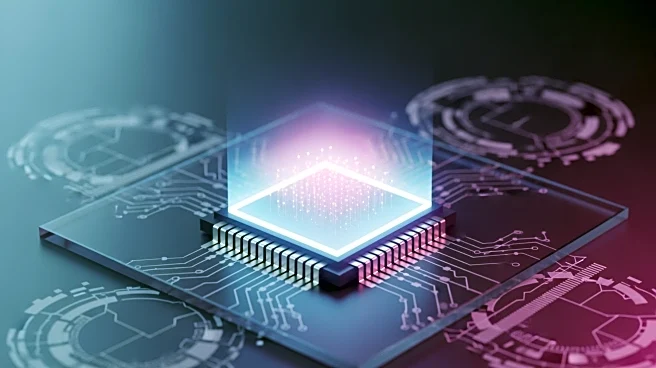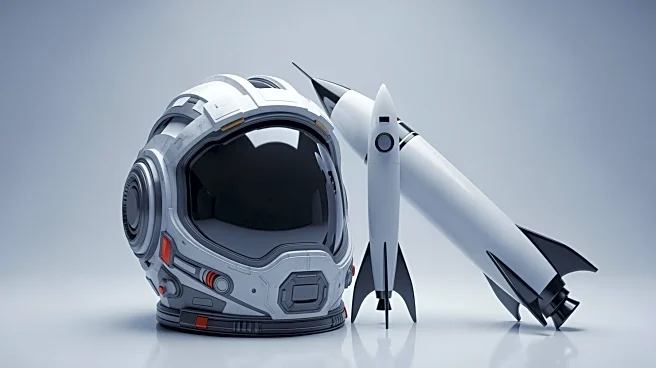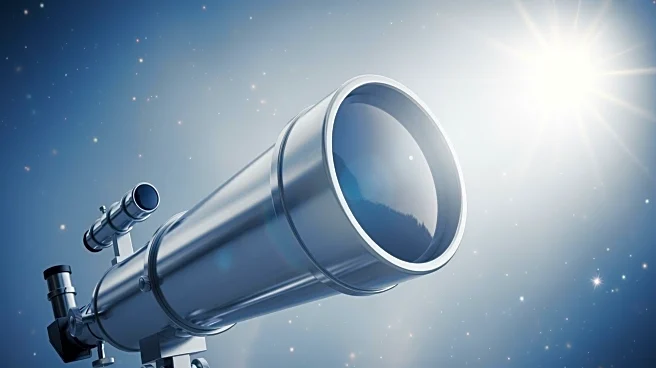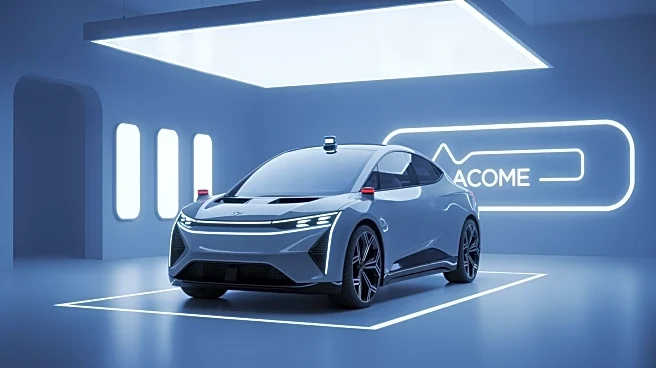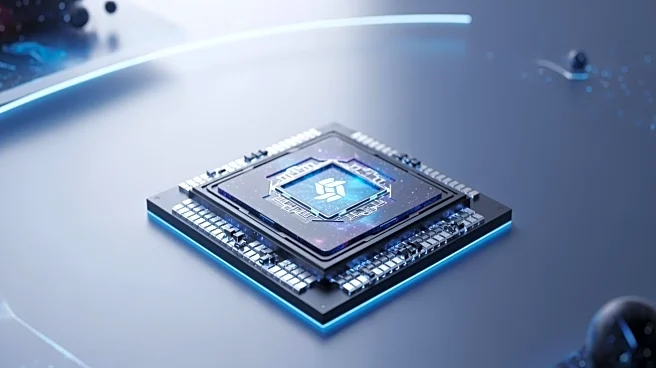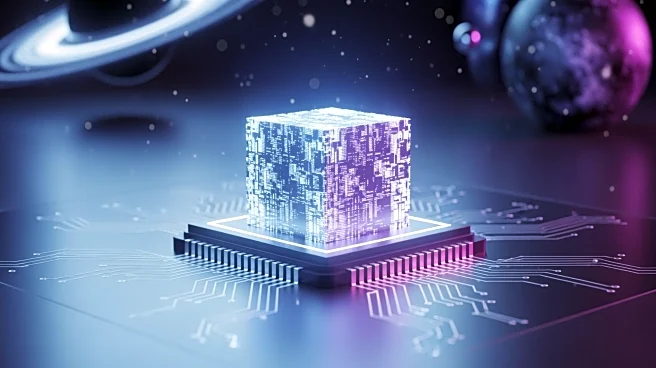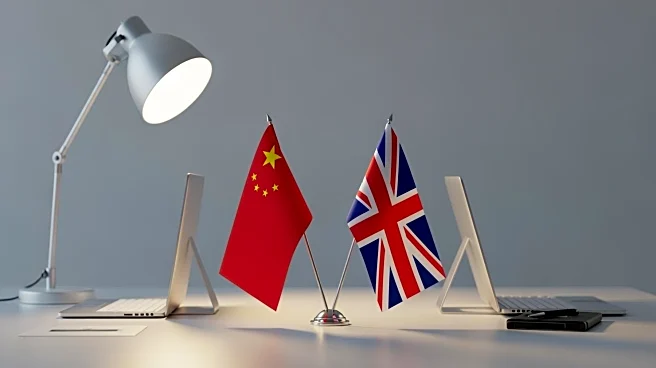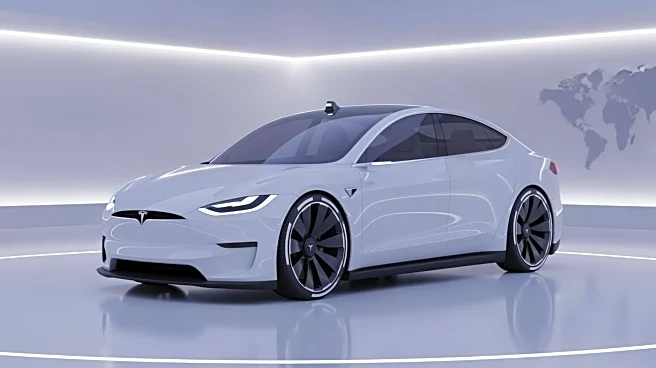What's Happening?
Researchers from Tsinghua University in China have introduced a groundbreaking device called RAFAEL (Reconfigurable, Adaptive, FAst and Efficient Lithium-niobate spectro-imager) that utilizes advanced
photonics to capture light with exceptional detail and speed. Published in the journal Nature, the RAFAEL chip aims to revolutionize spectroscopy, a technique used to study the physical structure and chemical composition of matter. This innovation replaces large, complex laboratory instruments with a tiny integrated system, using a layer of lithium niobate on a standard camera chip. By applying voltage, the system alters pixel behavior to encode different wavelengths of light, which are then decoded by powerful algorithms into clear images. The RAFAEL chip has demonstrated twice the efficiency of comparable imagers, capturing high-resolution spectra of 5,600 stars in a single exposure, showcasing its potential to map the universe faster and with greater sensitivity than existing instruments.
Why It's Important?
The development of the RAFAEL chip holds significant implications for various fields, including astronomy, environmental science, and healthcare. By enhancing the efficiency and resolution of spectroscopy, this technology could lead to more accurate analysis of materials, faster detection of contaminants in water, and improved disease diagnosis. The ability to capture detailed images of deep space with greater speed and sensitivity could advance astronomical research and our understanding of the universe. Additionally, the miniaturization of such powerful technology could make high-performance spectroscopy more accessible and cost-effective, benefiting industries that rely on material analysis and quality control.
What's Next?
Although the RAFAEL chip has shown impressive performance in laboratory tests, it remains a prototype and is not yet ready for commercial use. Researchers aim to improve computational efficiency and reduce system costs before integrating the chip into real-world devices. The potential applications of RAFAEL in various industries may drive further research and development, with stakeholders in technology, healthcare, and environmental science likely to monitor its progress closely. As the technology matures, it could lead to new products and services that leverage its capabilities for enhanced material analysis and space exploration.
Beyond the Headlines
The RAFAEL chip's development highlights the ongoing trend of miniaturization in technology, where complex systems are being condensed into smaller, more efficient devices. This shift could lead to broader accessibility and democratization of advanced technologies, allowing smaller organizations and researchers to utilize high-performance tools without the need for large-scale infrastructure. The ethical implications of such advancements may include considerations around data privacy and the responsible use of powerful imaging technologies.
